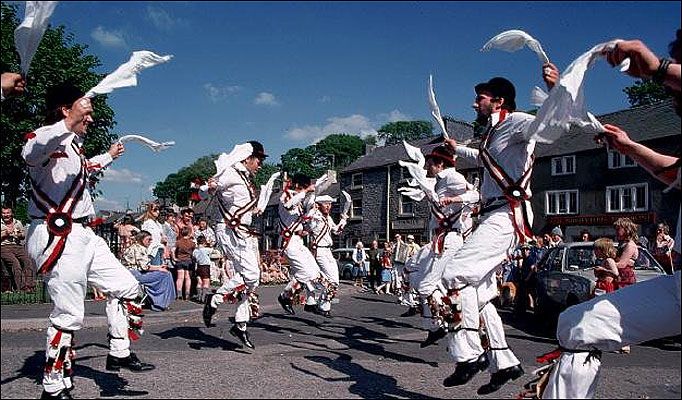The similarities of country dancing in the UK and in Belarus

For a long time the Belarusian dance was little known even at home and rarely went beyond the village. The formation of British country dancing was also influenced by rural and countryside life.Scottish country dancing is generally done in organized formations referred to as "sets". Sets usually consist of three or four couples. Belarusian dances are also performed in couples.The dances in England are usually performed at festivals such as May Day, Whitsun and Christmas. They were an essential part of traditional pagan holidays such as Kupalle, Kolyady, Zazhinki and Dazhynki (the beginning and the end of agricultural work).For Scottish ceili dancing, performed to jigs and reels, dancers like to have live music, usually including a fiddle, accordion, piano, and sometimes guitar or tin whistle. Because of the noise of the tapping, the step dancer needs loud musical accompaniment such as the fiddle or accordion. In ancient Belarus folk dancing was performed to the accompaniment of violin and buben, in some areas they were joined by cymbaly, duda and accordion.The Morris dancers in England may carry white handkerchiefs that they shake. It’s also typical of Belarusian traditional dancing. Many Belarusian folk dances have also a plot. Some Irish dances also depict scenes from Irish myth and legends. The folk dancing in both countries is very lively, fast, rhythmic and energetic.